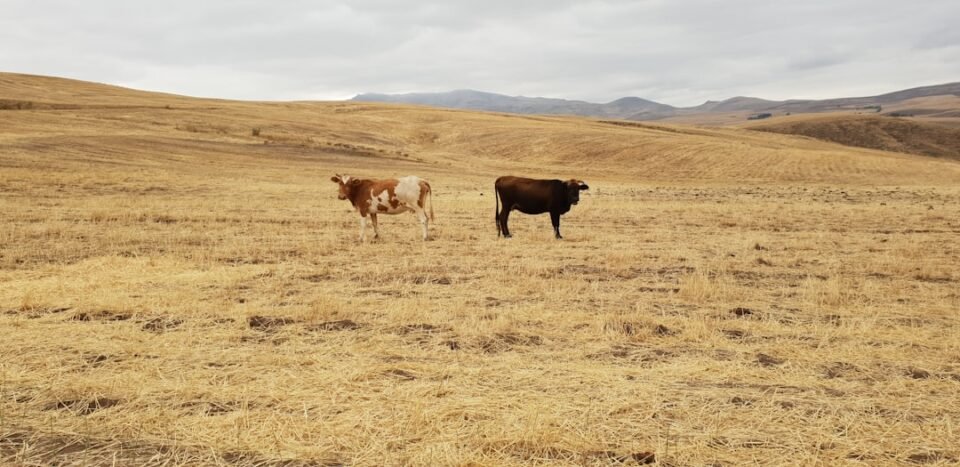Wyoming ranchers face significant challenges in feeding their herds during harsh winters, dry summers, and fluctuating hay supplies. To navigate these difficulties, adopting alternative feeding strategies is crucial. These strategies help maintain reproductive efficiency, support calf growth, and control costs by utilizing locally available resources.
A successful feeding program starts with clear objectives, such as ensuring cows are ready for rebreeding and calving on schedule, maintaining calf weight, and minimizing feed costs. Key principles include maximizing local feed use, conducting forage analyses to meet nutritional needs, and supplementing low-quality roughages with appropriate protein and energy sources.
Efficient feeding involves prioritizing high-need animals like lactating cows with the best feeds while reserving lower-quality roughage for mid-gestation cows. Grain can substitute for hay, but requires careful management, particularly when transitioning cows to high-grain diets.
Alternative feed options like corn stalks, millet hay, and soybean hulls offer cost-effective solutions, though they often require protein supplementation. Additionally, a balanced mineral mix is essential, especially calcium and phosphorus.
In challenging years, unconventional feeds such as distillers’ grains and cull potatoes become viable options. Techniques like “cow lasagna,” which layers wet distillers’ grains with hay, provide innovative solutions to extend feed supplies.
By leveraging local resources and employing strategic planning, Wyoming ranchers can maintain productive herds even when traditional feed supplies dwindle. For assistance with feeding plans or forage tests, local Extension offices are available to help.


